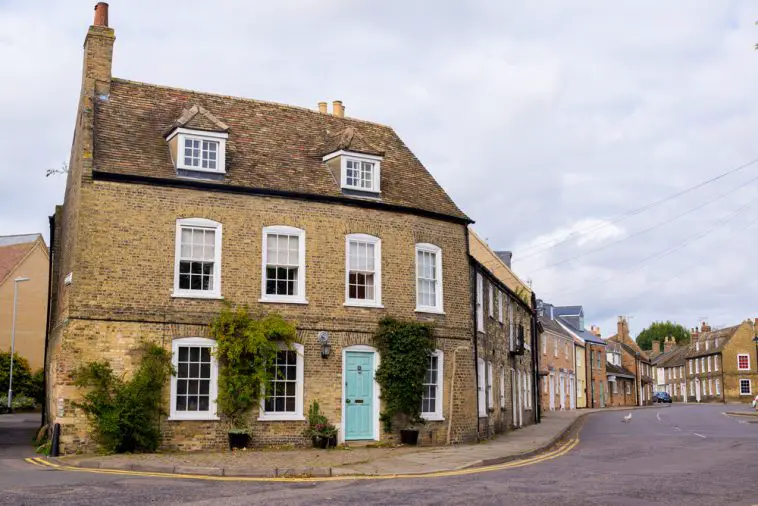Everyone has their architectural preferences, with some loving new houses, and others preferring something a little more lived in. Older houses have lots to offer potential buyers. Typically, they’re larger than new build properties, have more outdoor space, lots of characterful features, and they also tend to be in prime locations with easy access to local amenities.
That being said, older houses also tend to carry a higher price tag, and a higher risk, too. Before you sign on the dotted line, here are some of the key things you need to look out for when viewing or considering an old house.
Structural Standing
Depending on where you’re thinking of buying a house, the property could be built on soft land, or the foundations could be in bad shape. Old houses can fall victim to subsidence over time, and really old period properties can often be seen with bulging or bowing walls. Tell tale signs you need to look for include curved or leaning walls, a drooping or leaking roof, large cracks in exterior walls, and doors or windows that stick.
You might think it’s simply a case of replacing a few bricks, but it’s much more than that. Structural issues are serious issues, and they can be extremely expensive and troublesome to fix, too. If you spot the signs during a viewing, make sure you bring them up, and do some quick sums to figure out if you can feasibly afford to solve the problem post-move.
Fixtures and Fittings
It’s reasonable to expect old houses to have older fixtures and fittings. For the most part, this is what gives them their character and makes them so appealing to so many people. That being said, they can quickly turn into your nemesis. For example, if you’re looking at buying an old house that is listed, you will be restricted on what you can do to bring it up to date.
Windows are a good example – the frames are often protected under the listing order, but they’re also usually made for thinner profile windows. Double and triple glazing wasn’t a thing 100 years ago, and the frames were built as such. In the modern day, single glazing won’t cut it, but if you can’t replace the frames, what do you do? Find expensive, high-tech solutions that fit the frames.
Check out the fittings within the property, ask about their maintenance and the cost of doing so, and like structural damage, ask yourself if you can afford it and if it’s worth it. Even if the house isn’t listed, you’ll likely need to look at the electricity and pipework for safety reasons, so make sure you ask about the state of the basic amenities.
Signs of Damp
Old house damp problems are extremely common, mostly because old properties don’t have a sufficient damp proof course, if one at all. Though it’s not the most expensive problem in the world to fix, it’s well worth keeping an eye out for it. Damp is more than just wet walls – it can contribute to structural issues, in which case you need to refer back to the first point and see whether you could feasibly take on such a large project.
Summary
Old properties are – no doubt – beautiful, and they can make fantastic homes for life when looked after properly and given the right care an attention. Hopefully you feel more equipped visiting older properties for viewings after reading this list, and we hope you’ll be able to make an even more informed buying decision as a result.





